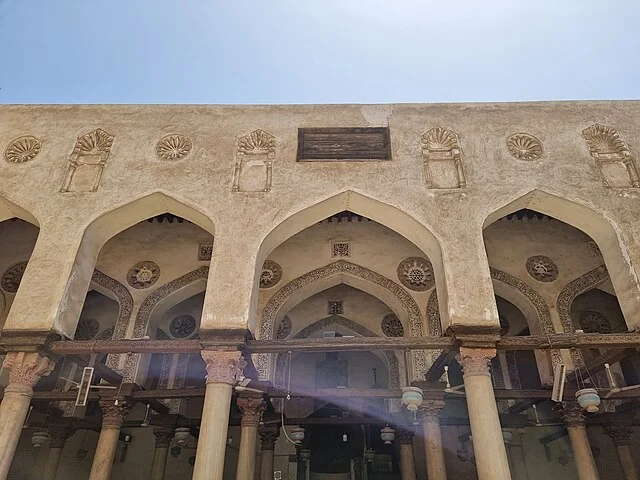The Al-Salih Tala’i Mosque, completed in AD 1160, is a prominent medieval Islamic structure located in Cairo, Egypt. It stands as a testament to the architectural and religious advancements of the Fatimid dynasty, which ruled Egypt from AD 909 to AD 1171. Commissioned by the vizier Al-Salih Tala’i ibn Ruzzik, this mosque reflects the political and religious developments of the time.
Get your dose of History via Email
Historical Background
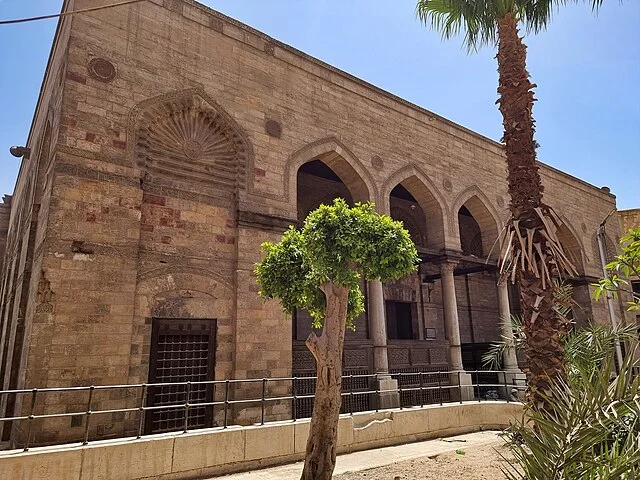
During the Fatimid era, Cairo became an important center of Islamic learning, culture, and politics. The Fatimid rulers, known for their support of the Ismaili branch of Islam, sponsored numerous architectural projects. Al-Salih Tala’i, who held a powerful position as vizier under the Fatimid caliphate, commissioned the mosque. His intention was to create a grand religious center, possibly to house relics of the Prophet Muhammad’s family, which demonstrates the significance the Fatimids placed on religious devotion.
Architectural Features
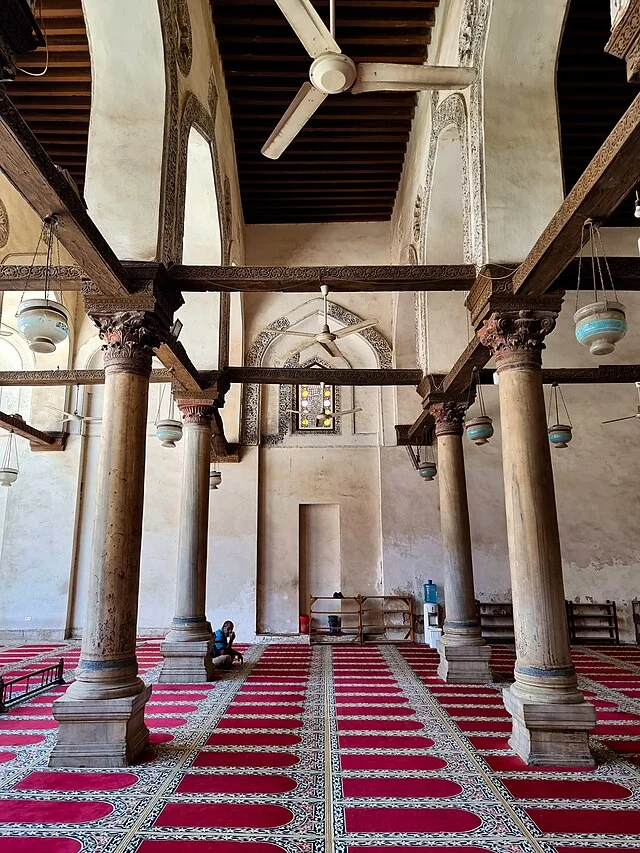
The Al-Salih Tala’i Mosque is distinct for its refined architectural elements, combining features characteristic of Fatimid art with influences from other Islamic traditions. It is a rectangular structure, oriented toward Mecca, as is customary for Islamic mosques. Key features of the mosque include:
- Mihrab and Minbar: The mosque’s mihrab, a prayer niche, is intricately decorated with floral motifs. Adjacent to the mihrab is the minbar, a pulpit used for delivering sermons.
- Arcades and Columns: The mosque’s arcades feature elegant columns with decorative capitals, demonstrating skilled craftsmanship.
- Stucco and Calligraphy: Decorative stucco work and Arabic inscriptions adorn the walls, reflecting both artistic mastery and religious dedication.
Religious and Cultural Significance
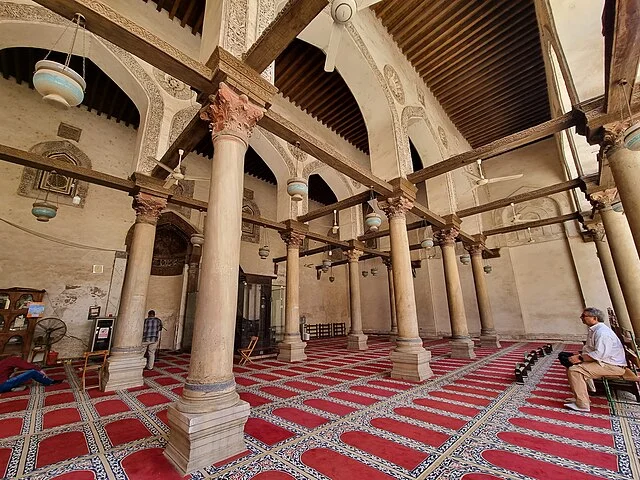
Al-Salih Tala’i Mosque holds significant cultural and religious value. It served as a gathering place for religious scholars and students in Cairo, which was a major intellectual hub of the Islamic world. The mosque’s design and function embodied the Fatimid commitment to Ismaili Islam and represented their desire to create an enduring religious legacy.
Restoration Efforts
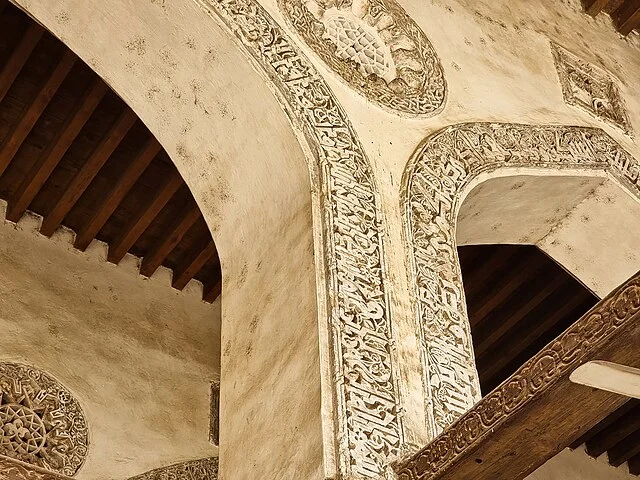
The Al-Salih Tala’i Mosque has undergone various restoration efforts, especially in the 20th and 21st centuries, to preserve its structural integrity and decorative elements. These restorations aim to maintain the mosque’s historical authenticity, ensuring it remains accessible for both religious use and study. Efforts have focused on stabilizing the structure, repairing the decorative stucco, and preserving inscriptions.
Conclusion
The Al-Salih Tala’i Mosque is a vital piece of Islamic history and Fatimid architecture in Cairo. Constructed in AD 1160, it reflects the architectural expertise and religious fervor of its time. It continues to serve as a link to Cairo’s rich medieval past, attracting both worshipers and historians. The mosque stands as a lasting reminder of the Fatimid dynasty’s impact on Islamic architecture and culture in Egypt.
Source:

